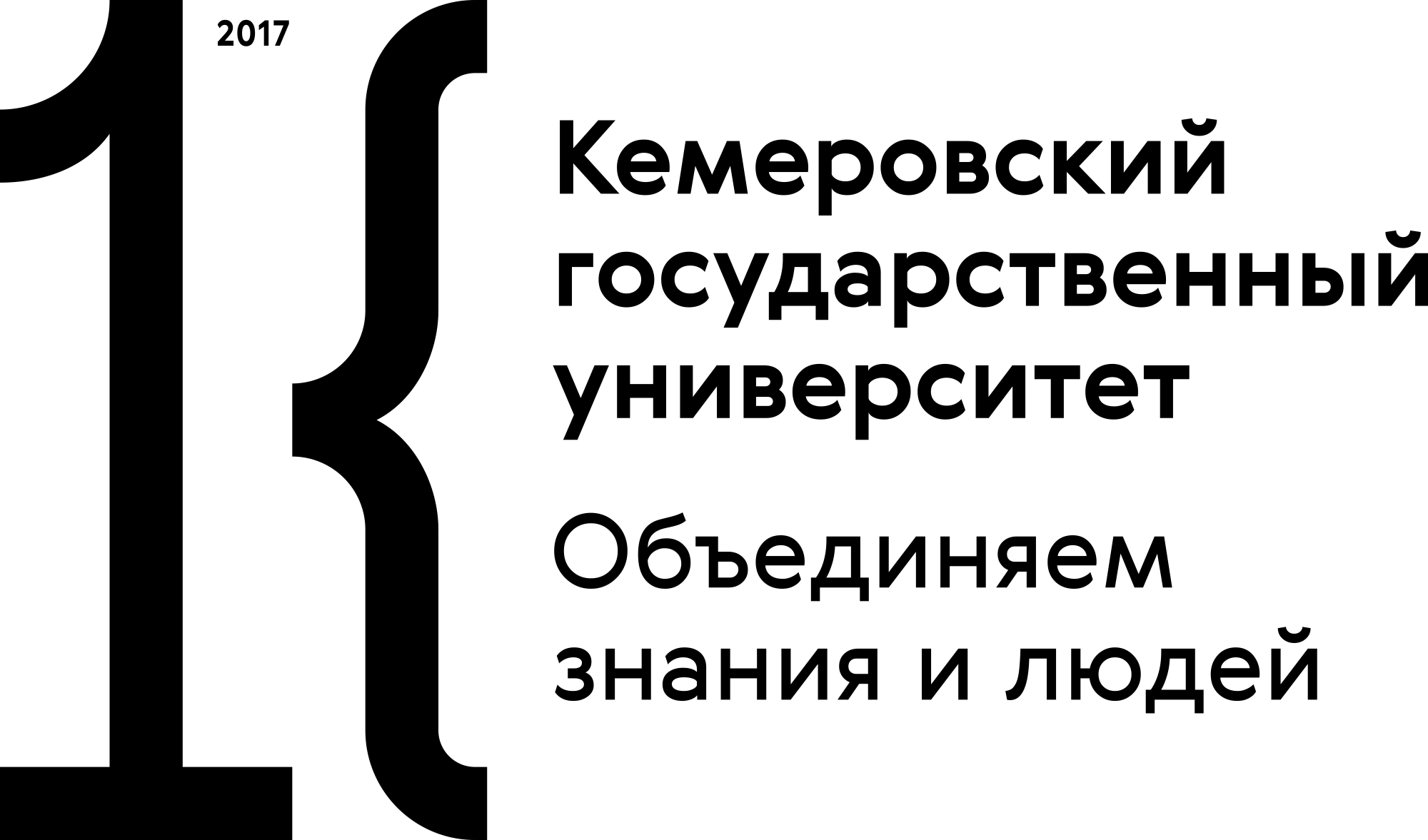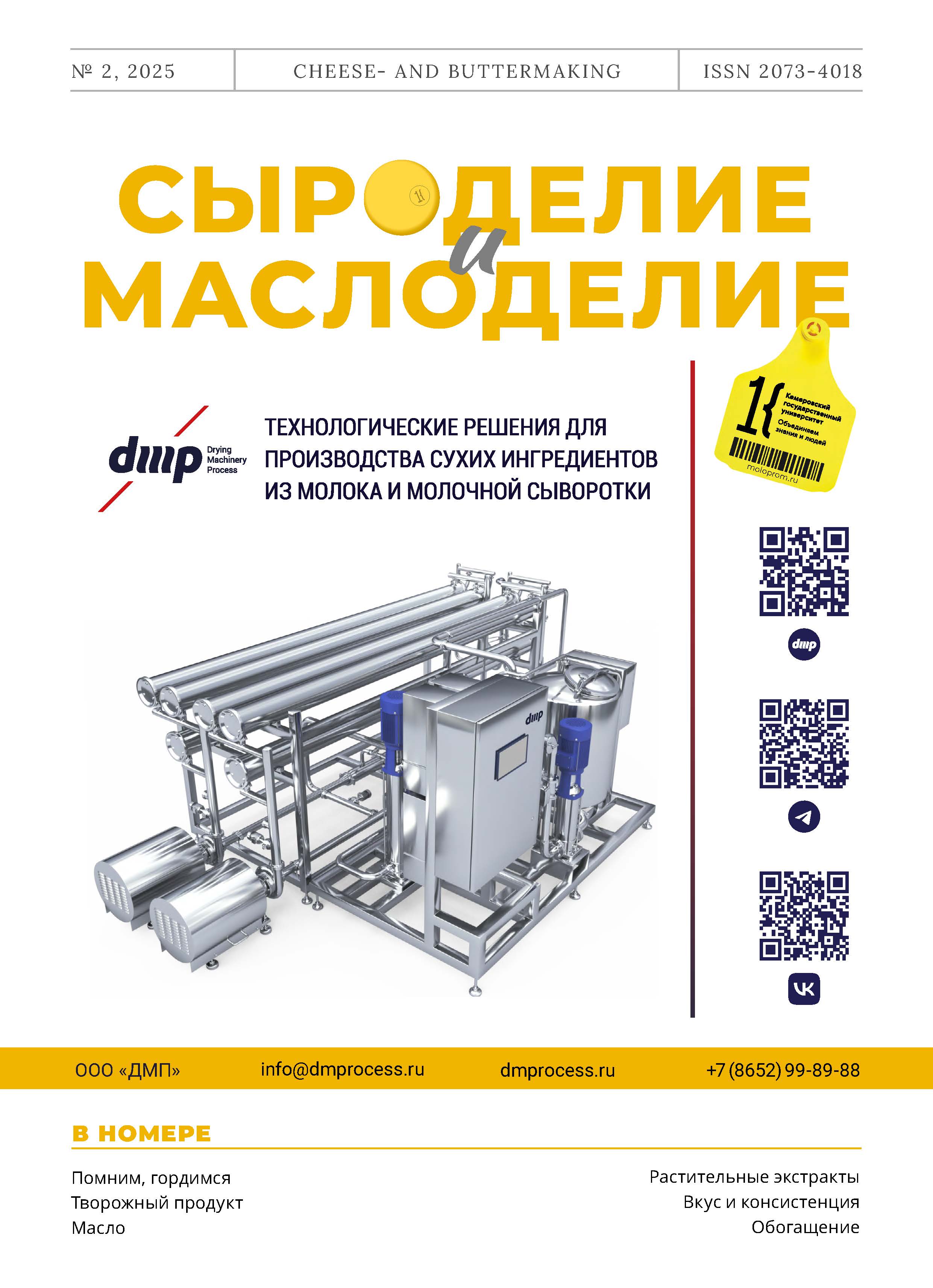Stavropol, Russian Federation
Stavropol, Russian Federation
Stavropol, Russian Federation
Stavropol, Russian Federation
JSC Stavropolskiy Dairy Plant
Stavropol, Stavropol, Russian Federation
Stavropol, Russian Federation
Stavropol, Russian Federation
The constantly growing demand for soft cheeses requires more efficient processing technologies. Milk quality depends not only on the cow breed, diet, and welfare: domestic cheese production needs milk of particular grade, with particular physical and chemical properties. The most efficient method to make natural skim milk suitable for cheese production is to increase the mass fraction of casein by adding microfiltration retentate fortified with micellar native casein. The article describes the effect of microfiltration parameters on the retentate composition, i.e. the ratio of casein to whey proteins, and the optimal cheese-making parameters of skim milk. The research involved cow breeds popular in the Stavropol Region, of which the best results belonged to the Holstein and Yaroslavl cows. The permeability of Vladisart microfiltration membrane with an average conventional pore diameter of 0.2 μm remained almost the same during the baromembrane separation of skim milk. However, different operating microfiltration parameters yielded different mass fractions of casein and whey.
natural milk, cheese milk, soft cheeses, cow breeds, Stavropol region, microfiltration retentate
1. Brans, G. Membrane fractionation of milk: State of the art and challenges / G. Brans [et al.] // Journal of Membrane Science. 2004. Vol. 243(1-2). P. 263–272. https://doi.org/10.1016/j.memsci.2004.06.029
2. Skrzypek, M. Isoflux® ceramic membranes - Practical experiences in dairy industry / M. Skrzypek, M. Burger // Desalination. 2010. Vol. 250(3). P. 1095–1100. https://doi.org/10.1016/j.desal.2009.09.116
3. Heino, A. T. Functional properties of native and cheese whey protein concentrate powders / A. T. Heino [et al.] // International Journal of Dairy Technology. 2007. Vol. 60(4). P. 277–285. https://doi.org/10.1111/j.1471-0307.2007.00350.x
4. Jorgensen, C. E. Optimization of protein fractionation by skim milk microfiltration: Choice of ceramic membrane pore size and filtration temperature / C. E. Jorgensen [et al.] // Journal of Dairy Science. 2016. Vol. 99(8). P. 6164–6179. https://doi.org/10.3168/jds.2016-11090
5. Goncharenko G. M. Sravnitel'naya ocenka syroprigodnosti moloka simmental'skoy i krasnoy stepnoy porod s uchetom genotipov gena k-kazeina / G. M. Goncharenko, T. S. Goryacheva, N. M. Rudishina [i dr.] // Vestnik Altayskogo gosudarstvennogo agrarnogo universiteta. 2013. № 12(110). S. 113–117. https://elibrary.ru/rqoiwr
6. Muhametgaliev, N. N. Ocenka molochnyh porod skota i ih pomesey po syroprigodnosti moloka / N. N. Muhametgaliev // Uchenye zapiski Kazanskoy gosudarstvennoy akademii veterinarnoy mediciny im. N. E. Baumana. 2005. T. 181. S. 139–146. https://elibrary.ru/mhwaev
7. Zulewska, J. Influence of casein on flux and passage of serum proteins during microfiltration using polymeric spiralwound membranes at 50° C / J. Zulewska, D. M. Barbano // Journal of Dairy Science. 2013. Vol. 96(4). P. 2048–2060. http://dx.doi.org/10.3168/jds.2012-6032.
8. Zulewska, J. Efficiency of serum protein removal from skim milk with ceramic and polymeric membranes at 50° C / J. Zulewska [et al.] // Journal of Dairy Science. 2009. Vol. 92(4). P. 1361–1377. http://dx.doi.org/10.3168/jds.2008-1757.
9. Mamay, D. Microfiltration Processing of Raw Materials for the Fermented Milk Product Making / D. Mamay, S. Babenyshev, A. Mamay [et al.] // Intelligent Biotechnologies of Natural and Synthetic Biologically Active Substances, Stavropol. Vol. 408. Cham: Springer, Cham, 2022. P. 10–17. https://doi.org/10.1007/978-3-030-96641-6_2; https://elibrary.ru/cszuhg







